#willis tower
Text

Chicago, IL
#city#cityscape#Chicago#chicagoland#urban#urban landscape#skyscraper#willis tower#Chicago River#civic opera house#buildings#my photo#bridge
112 notes
·
View notes
Text

34 notes
·
View notes
Photo

How far you can see from the top of Willis Tower - Chicago
175 notes
·
View notes
Text
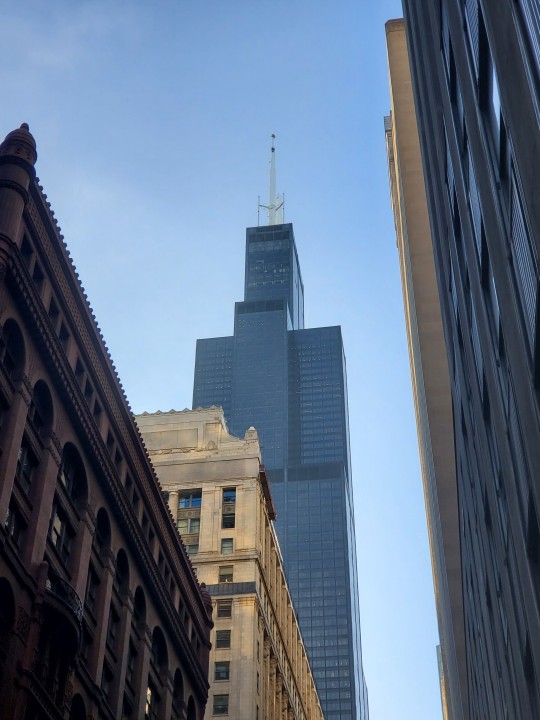


An underrated city.
Not the best or coolest, but underrated.
#chicago#sears tower#willis tower#route 66#skyline#city#aesthetic#it honestly needs to appear in more media
9 notes
·
View notes
Text

Willis Tower from the River | Chicago | October 2023
#chicago#illinois#architecture#landscape#river#willis tower#sears tower#lookslikefilm#internationalism#look up#travel#cityscape#photographers on tumblr#fuji xt2
9 notes
·
View notes
Text

Something about this building gives me strength
10 notes
·
View notes
Photo
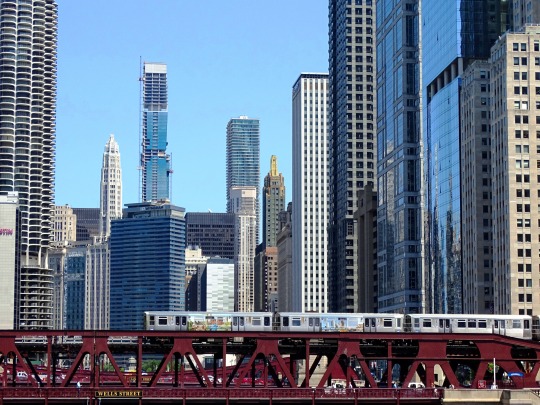



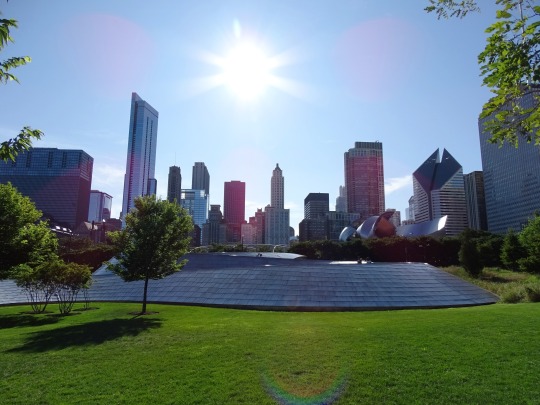

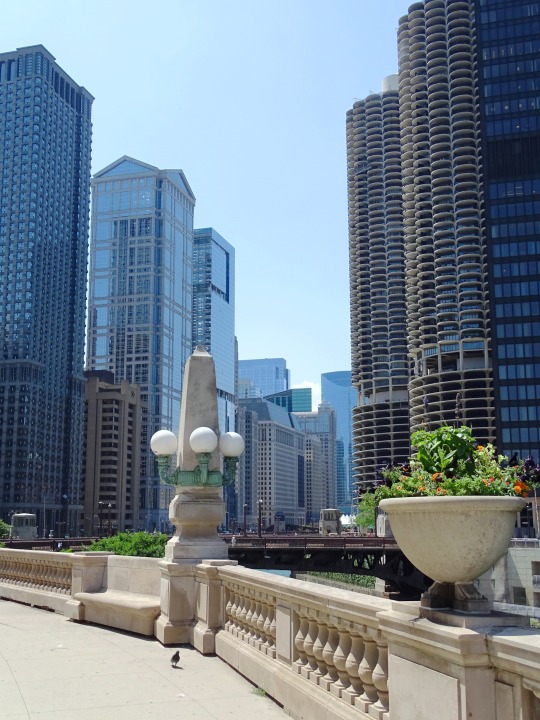
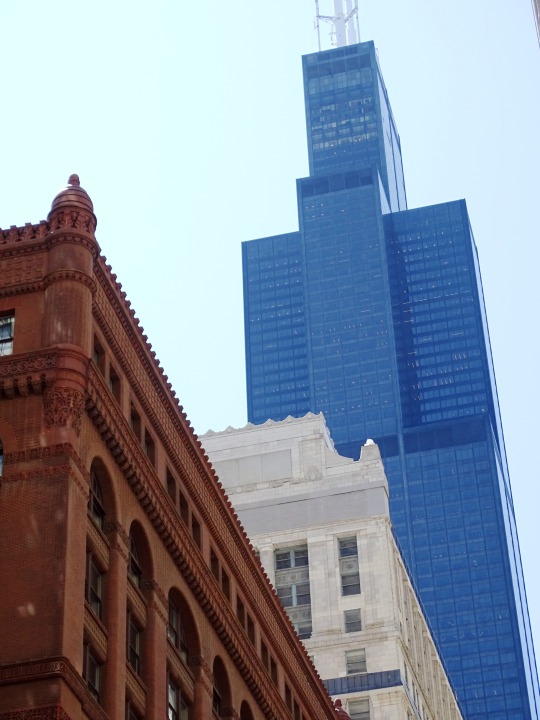


The city of Chicago was incorporated on March 4, 1837.
#Chicago#incorporated#4 March 1837#anniversary#US history#cityscape#architecture#original photography#summer 2019#Illinois#Midwestern USA#Great Lakes Region#tourist attraction#skyscraper#the Bean#Cloud Gate by Anish Kapoor#Millennium Park#BP Pedestrian Bridge#Wrigley Building#Willis Tower#Sears Tower#Lake Michigan#875 North Michigan Avenue
23 notes
·
View notes
Text

C h i c a g o
#chicago#willis tower#torre willis#skyscrapers#rascacielos#night view#vista nocturna#illinois#united states#estados unidos#north america#norte america#america
59 notes
·
View notes
Text

When no one is around, my dear
You'll find me on my tallest tiptoes...
Mirrorball - Taylor Swift
4 notes
·
View notes
Text
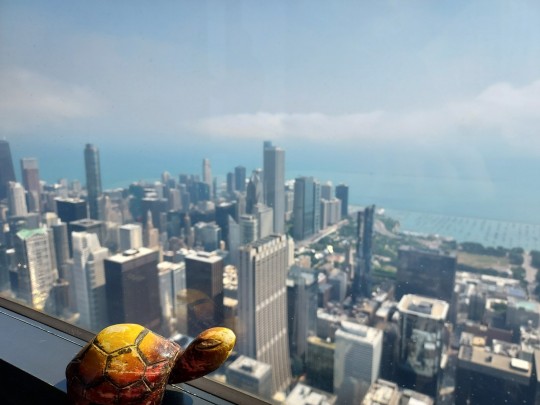

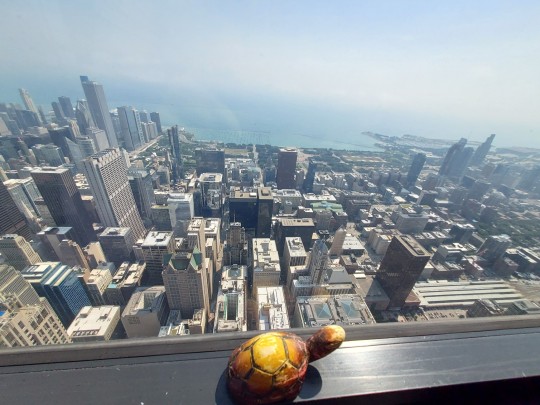

The Willis Tower is way higher (1.5 miles) than the High Bridge from all those years ago. But there are these nice wide windowsills to sit on, so Little Turtle is okay with it.
2 notes
·
View notes
Text

#brandispics#photography#black out#chicago#chicago photographer#iphone photography#bsymone photography#sears tower#willis tower#skyline#skyline photography#adobe lightroom#adobe photoshop
11 notes
·
View notes
Text
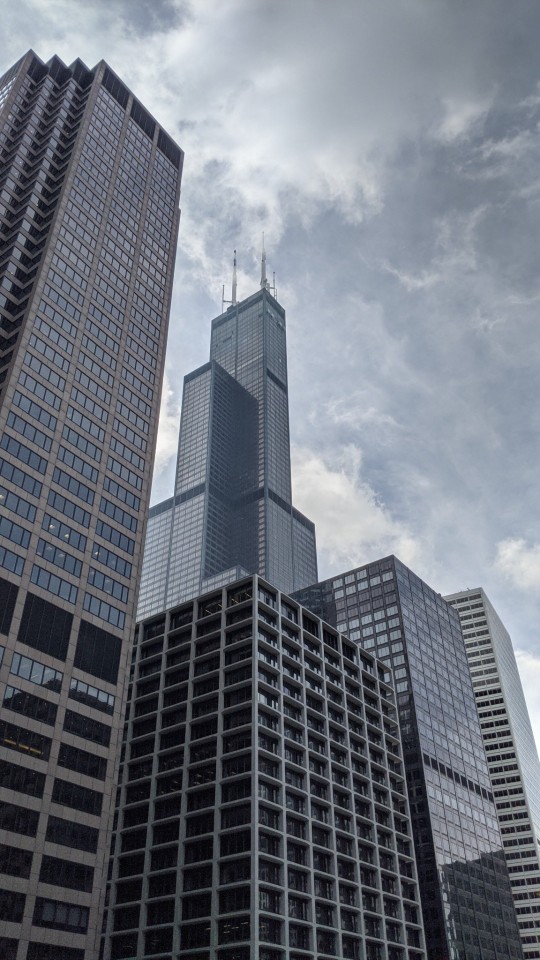
#chicago#willis tower#sears tower#photography#architecture#skyline#travel#tourism#illinois#city streets
6 notes
·
View notes
Text
Yet supertalls not only ascend; they also sway, flutter, vibrate, bend, and lean. Often a lot. Chicago’s Willis Tower—which is more than 50 feet taller than 432 Park—can move up to three feet in strong winds. If you were to look down at the spire of a tall building during a windstorm, you’d see that it careens left, right, and around, like an inebriated giraffe.
All of that motion can cause people to feel a little drunk themselves. Occupants of tall buildings have, in high winds, reported nausea, distractibility, difficulty working, and fatigue, though researchers report that skyscrapers “rarely, if ever, induce vomiting.” As winds howl, buildings can moan like creaky container ships, or clatter like subway cars. “No Realtor would ever give a potential tenant a handbook that explains how these buildings behave, because they wouldn’t buy them, probably,” says Peter Weismantle, the director of supertall-building technology for Adrian Smith + Gordon Gill Architecture, which designed Central Park Tower.
And yet some motion is safe and normal, and often goes unnoticed. In fact, evolving approaches to handling high winds are a big reason contemporary supertalls have gotten to be so numerous, and so thin.
Tall buildings get celebrated as gravity-defying, but it’s their defiance of the wind that should inspire awe. Imagine a strong wind blowing south over Central Park. The wind hits the supertall and pushes it backwards into a lean, then causes the structure to sway as the gust picks up and dies down. Wind can get stronger at higher altitudes and intensify as it whips off neighboring high-rises, so what registers as a gentle breeze on the fifth floor may give way to howling on the 45th. Wind barreling around the supertall creates turbulent eddies on the building’s exterior that cause the structure to wag from side to side. These are the accelerations that tenants are most likely to perceive, and slender supertalls are even more susceptible to them.
Developers know they cannot control the wind. What they can do—and this is an industry term—is confuse it. For this, they recruit a wind-whisperer like Derek Kelly. Kelly, an engineer with the consulting firm RWDI, is a garrulous Canadian who, when I asked about superslims, told me the company has worked on “almost every building you see out your window.”
Take 432 Park. Once the developer had an early design for the new tower, Kelly began by making the proposed supertall—a solid, skinny, square column—super small. Kelly and his colleagues 3-D-printed a knee-high model of the building, and stuck it into a miniature Midtown Manhattan, complete with dozens of neighboring high-rises that can affect the windscape at 432 Park’s site. They put the model buildings on a turntable inside a wind tunnel, then subjected them to smoke and powerful fans. RWDI adjusted the wind tunnel’s settings to mimic Manhattan’s gusts and rotated the tiny neighborhood in 10-degree increments to get a baseline measurement of how the proposed supertall would sway, absorb winds careening off other structures, and shift the wind around it—all of which remains too complex to accurately predict with algorithms, Kelly said.
Even a 10-story building will move, and most of us can handle our homes wiggling about five milli gs (a measure of acceleration) in any direction. Early tests on 432 Park’s prototype revealed poor aerodynamic performance. Rafael Viñoly, 432 Park’s architect, said in a 2014 lecture at the Skyscraper Museum that tests on one version of the building revealed the supertall would dance 30 milli-gs—just shy of the threshold found to “cause some occupants to lose balance,” according to research published in the International Journal of High-Rise Buildings. “If you’re standing here, your cup of tea moves,” Viñoly said at the lecture, rocking his lectern back and forth to demonstrate. He called the experience of 30 milli gs “absolutely frightening.”
When problems like these arise, Kelly brings the developer and the design team to RWDI’s wind tunnel for a “shaping workshop.” Architects and engineers tweak the shape of their supertall, 3-D-print new versions, then put each one in the wind tunnel to see how much it moves. “For some of these buildings in New York,” Kelly said, “we’ve done 12, 16 versions in an afternoon.”
The decorative flourishes on a supertall that seem ornamental can be key to diffusing the suction-filled whirlpools that sway a building as wind whips around its sides. You could notch the corners, like on Taipei 101, which resembles a towering stack of gifts. You could twist the building, like the Twizzler-esque Shanghai Tower. You could taper it to look like the tip of a paintbrush, like the Lakhta Center, or cut out sections to let wind blow through it, like the Shanghai World Financial Center, which is nicknamed “The Bottle Opener.” 432 Park’s designers decided to make it more porous: Every 12 stories, there are two “blow through” floors with cutouts for windows, but no glass.
But can you comfortably host a dinner party on a blustery evening? To try to experience for themselves how hospitable 432 Park would be, Viñoly and his colleagues traveled to the Marine Institute in Newfoundland to be jostled around inside its simulator—a 20-ton steel ship’s bridge mounted on hydraulic pistons and surrounded by screens. Typically, ships’ crews use the simulator to practice for encounters with icebergs and roiling seas, but for the past 15 years, the institute has hosted supertall designers who want to double-check their work before they build. On these occasions, the institute covers up the nautical instruments, projects a city skyline on the screens, lugs in a forest-green sofa, puts water-filled glasses on a wooden kitchen table, and hangs a glass chandelier. Once the supertall’s team of designers settles in, the room starts rocking and rolling to mimic what tenants will feel on a windy day, during a strong gale, or during a once-a-century hurricane. At 432 Park, the blow-through floors alone wouldn’t settle the building, so the developers ultimately installed two tuned mass dampers—a pair of 600-ton counterweights between the 86th and 89th floors that can move 11 feet, to offset the supertall’s sway.
That’s the goal, anyway. New cars and planes go through rigorous testing before hitting the assembly line, but each supertall is essentially a prototype. “We’re going into production on one-offs every single time with the hopes that we get it right,” the structural engineer Stephen DeSimone told me. If you could crawl out over the side of 432 Park and look down at the facade during a windstorm, “you’d have not one but two heart attacks. Because the thing does move,” Viñoly said in his 2014 lecture. “Don’t tell the tenants that.”
— The Marvels—And Mistakes—Of Supertall Skyscrapers
#bianca bosker#the marvels—and mistakes—of supertall skyscrapers#architecture#engineering#real estate#physics#meteorology#usa#taiwan#china#russia#taipei#shanghai#saint petersburg#willis tower#central park tower#432 park avenue#tapiei 101#shanghai tower#lakhta center#shanghai world financial center#peter weismantle#rafael viñoly#stephen desimone#skyscrapers#supertall buildings#pencil towers#wind#gravity
2 notes
·
View notes


